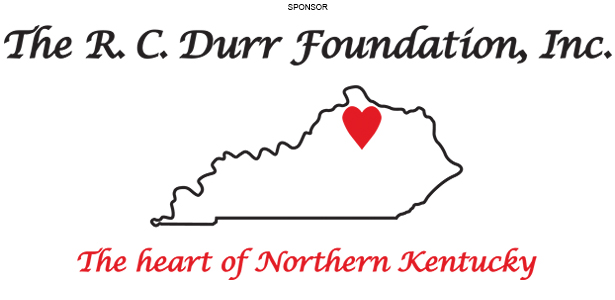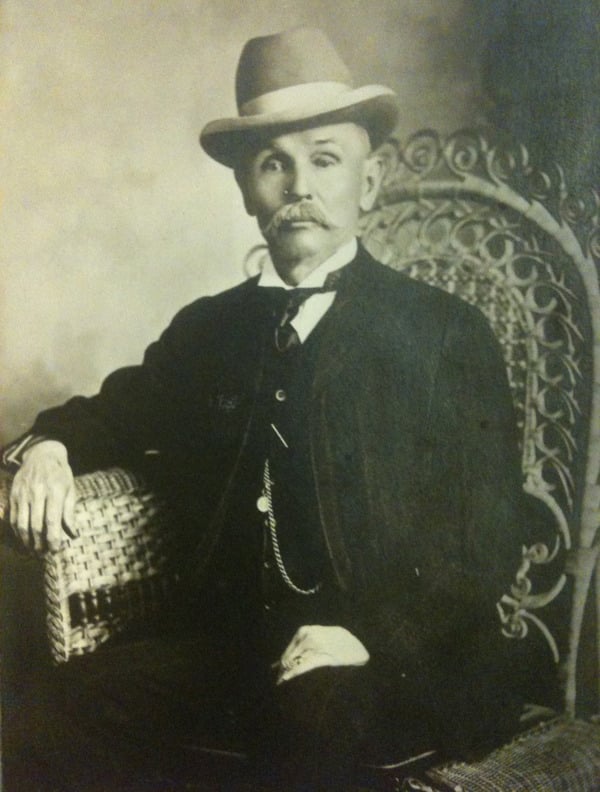By Steve Flairty
NKyTribune columnist
If his dazzling name doesn’t create some interest, perhaps his story will, especially for his connection to Kentucky’s early academic history and his illustrative teaching career at Transylvania University from 1819 to 1826 — though one that didn’t end well for him. His story, however, has provided fodder for fun and intrigue on Transy’s campus today.
More on that later.
The noted and eccentric naturalist Constantine Rafinesque spent his most productive years at the school as a botany professor, “though often troubled by quarrels with colleagues,” according to the Transy website. He was fired in 1826.

During his stint on the faculty, he:
• Published scientific names for thousands of plants and hundreds of animals.
• Became interested in prehistoric Native-American sites, identifying 148 in Kentucky, along with having interest in studying their languages.
• Taught botany by investigating physical specimens, an innovation at the time.
• Spent too much time on research and not enough in the classroom, according to his college president.
Rafinesque cultivated relationships with a few well-known historic Americans during his life: Thomas Jefferson and John James Audubon. He met Jefferson in 1804 while studying the local flora in Maryland, Virginia, and D.C. It’s reported that they corresponded sporadically over the next twenty years.
He probably met famous artist Audubon in the Philadelphia scientific community. While collecting plants and fossils on the Ohio River from Pittsburgh to southern Illinois, he spent, reportedly, a “protracted time” with Audubon in his Henderson, Kentucky, home where the guest angered Audubon. How so? When bats flew into Rafinesque’s guest room, Rafinesque responded by using Audubon’s prized violin to swat them, ruining the instrument. Audubon wasn’t happy about it.
To get back at him, Audubon concocted a story that he told Rafinesque about Ohio River tributaries being populated with mysterious fish species—a prank—and Rafinesque fell for it.
Rafinesque, known to be a naïve sort, published descriptions Audubon gave him of fake fishes. In time, the prank damaged the reputation of both individuals in their fields of study.
Around the Transylvania campus today, the spirit of Rafinesque remains alive. He’s called “Raf” for short. Today, his remains — though that fact is in dispute — are in a tomb on campus under the steps of the Old Morrison Building. With that, there is a story.

Rafinesque died in Philadelphia of liver cancer in 1840 and was buried in Ronaldson’s Cemetery there. In 1924, however, friends of Transylvania saw fit to move what they thought, at least, were his bones back to the campus where he once taught. The tomb slab for the burial site today reads “Honor to whom honor is overdue.” His remains? Perhaps.
Julie Anderson, former Associate Registrar at Transylvania, seemed, like others around campus, to have a close relationship with the Rafinesque spirit while working there. “My office on Old Morrison sat right above Raf. We got along great, but every seven years he likes to mess with things,” she dead panned. “Every Halloween, they have a raffle to see who gets to spend the night in the tomb. Students love it.”
Author and Transy alum Georgia Green Stamper noted that Raf “has always been there. And there are those who used to say the light on the porch of Old Morrison would come mysteriously on when something ominous was going to happen.”
Rafinesque mentioned in a book he wrote that he put a curse on the school for his poor treatment (there were rumored other reasons, too). Some point to tragedies on campus such as fires and even a murder that happened there in 1961 as Raf being true to his word. Interestingly, President Holley died of yellow fever actually died not long after leaving the school.
There is a café in the student center called The Rafskeller, and people at the school enjoy “Raf Week,’ where festivities surrounding the icon lead up to Halloween. In 2017, the school raised it a notch in Raf celebration when they named him, or a big-eared image of a bat, as the school’s new athletic mascot. The school had gone nearly two decades without having one. Rafinesque, it is known, had a passion for bats, even after they attacked him at Audubon’s home. Now the Raf mascot is a Transy student recruiting tool!
Here’s more background on Rafinesque. One might indeed say his life was full:
• Was born in Turkey in 1783, but spent his youth in France, where his father was born and was a successful merchant.
• His father died of yellow fever when Rafinesque was only 10.
• Lost a great collection of books, papers, and plant specimens in a shipwreck along America’s Atlantic Coast in 1815.
• Always odd, Rafinesque was known to wear a long coat with many pockets to temporarily store stashes of plant specimens to preserve and describe.
• Lost credibility when he said he deciphered a creation/migration story of the Delaware Indians who had inhabited Ohio but actually perpetuated a fraud.
• Published 900 scientific papers, along with some books, on topics of medicine, banking, archaeology, and the Hebrew language.
• Reportedly named 6,700 plants, several species of turtles and mammals, and 26 fishes native to Ohio.
One wonders if Rafinesque had behaved himself and not been fired at Transylvania, he might have, by his legitimate societal contributions, brought even greater and more positive acclaim to the school.
Transy, known as the “Athens of the West” in its early times, stands proudly with its storied tradition, but Raf’s spirit has made it an even more enlivened place.





















